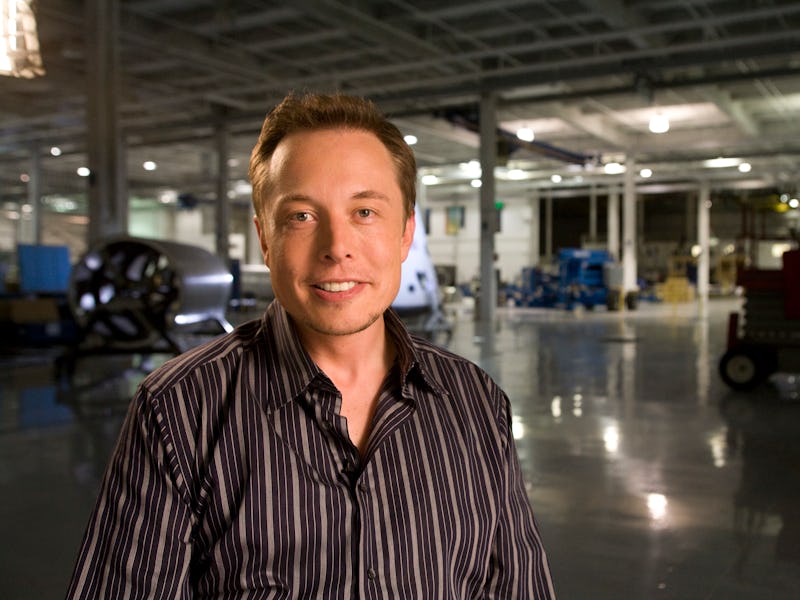Elon Musk Just Shared a Stunning Photo of SpaceX Falcon 9 Landing
It's a critical part of the company's overall mission.

Judging by his Twitter feed, Elon Musk works around the clock. In the late hours of Thursday evening, the SpaceX CEO shared details and an image of the company’s latest achievement: landing a Falcon 9 first-stage booster on a drone ship, the ninth successful landing in a row and the 15th landing overall.
SpaceX used the booster to launch a Formosat-5 satellite from Vandenberg Air Force Base in California at 2:51 p.m. Eastern time on Thursday. The satellite was exceptionally lightweight, weighing around 1,000 pounds, and will be used for Taiwan’s space program. Minutes after launch, the booster landed on the ship Just Read the Instructions.
Reusing rockets is a critical part of SpaceX’s goal to bring the costs of spaceflight down. Reusing the rockets saves the company $46.5 million of the total $62 million price tag of a brand new Falcon 9. Bringing these costs down makes the company’s ultimate goal of a manned trip to Mars in the 2020s a more realistic prospect.
View the image below.
Falcon 9 booster on the drone ship
Musk also shared some statistics about the launch itself. The booster’s lateral position was just 0.7 meters from the target center, or around 2 feet and 3 inches, making this a close-to-perfect landing.
“That’s closer than some people manage to park their cars,” astrophotographer Chris Grimmer said in response to Musk.
The rocket reached a maximum velocity of Mach 6.9 and an altitude of 247 kilometers, the highest altitude reached so far. Fortunately, for successful landings, Musk explained that the velocity matters more than altitude. The team has successfully recovered a booster that reached a maximum velocity of Mach 7.9, and as energy is the velocity squared, the difference in energy between that launch and Thursday’s is considerable.
Musk also shared a photo of the booster launching on his Instagram account.
Musk joked that the booster is actually very small, but the absence of any humans for scale hides its real size.
Carrot-sized or otherwise, the Falcon 9 will play a vital role in SpaceX’s plan to become the first private company to send humans into space, a goal that came one step closer to reality last week when it revealed its first spacesuit design.